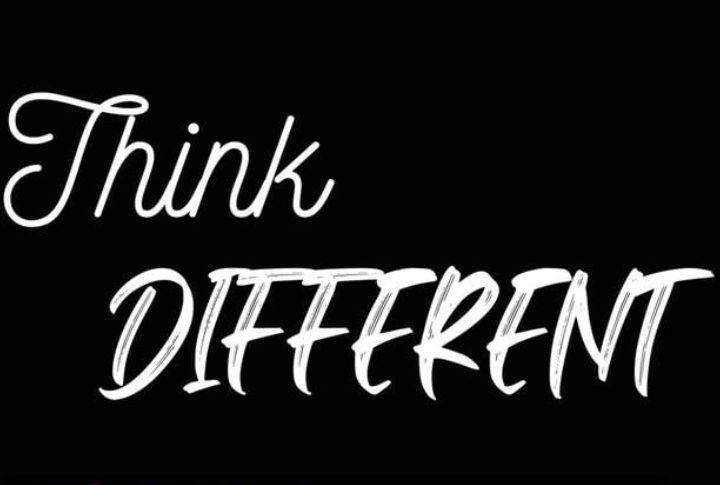
A scattered message weakens even the best product. Customers crave brands that know who they are and say it with confidence. It’s not about being loud but being clear, true, and unmistakable. If your voice could use stronger footing, here are 10 ways to go about it.
Anchor Your Voice In Brand Archetypes

Audiences connect faster when your brand feels familiar. Archetypes, like the Explorer or the Rebel, tap into stories people already know. So, by choosing one, you give your brand a clear personality that speaks directly to your ideal customer’s values, emotions, and expectations.
Document A Consistent Brand Tone Manual

If your team’s guessing your tone, your audience probably is, too. Great brands don’t wing it; they codify it. A tone manual lays out the voice and language your brand should stick to, keeping every message aligned, consistent, and instantly recognizable. Such clarity also fuels trust.
Speak To Core Customer Values, Not Just Needs

At the heart of strong branding is an emotional connection. When your brand reflects what they believe, loyalty follows. Functional benefits are forgettable; emotional resonance sticks. If your message feels like it could belong to any business, it won’t connect with the people you want most.
Use Storytelling As Your Default Language

Facts inform, but stories move people. Customers remember emotions, not bullet points—and even NASA trains astronauts through narrative. When your brand reveals its beliefs through relatable characters or real scenarios, you create moments that stick. Clarity comes from connection, and connection comes through story.
Create A Signature Lexicon

Iconic brands speak their own language. A phrase like “Think Different” didn’t just sound smart; it reshaped how people saw Apple. When your words echo how customers want to describe themselves, they stick. Branded language is identity and belonging in a few unforgettable words.
Let Customer Voices Shape Your Messaging

Your customers already speak the language your brand needs. Their feedback, phrases, and stories carry real emotion and real persuasion. By weaving their words into your messaging, you reflect what matters most to them. Sometimes, saying less about your brand makes it resonate even more.
Embrace Polarizing Honesty (When Strategically Sound)

Not every brand needs to play it safe. On the contrary, bold opinions can attract loyal fans who share your values. Just look at Ben & Jerry’s; they post big ideas and still sell ice cream. Polite brands get noticed, but brave brands get followed.
Use Audio Branding To Reinforce The Voice

The sound makes branding stick instantly. Think of Netflix’s “ta-dum” or McDonald’s “I’m Lovin’ It”—they trigger emotion in seconds. A distinct audio cue creates recognition even without visuals. When done right, your brand won’t just be seen or read; it’ll be heard, remembered, and felt.
Match Visual Language With Verbal Voice

Style mismatches confuse people fast. That’s why brands align colors, fonts, and photos with how they speak. It builds trust and instantly feels right. When your tone and visuals align, everything clicks faster—and as attention spans shrink, that harmony becomes essential.
Make Employees Brand Voice Ambassadors

Your team doesn’t just represent the brand; they are the brand. When everyone understands and lives the voice, authenticity shines through. Zappos famously offers a bonus to employees who choose to leave early in their training if they feel the culture isn’t a fit—because brand clarity starts with internal alignment. The strongest voices are echoed by the people behind the scenes.
